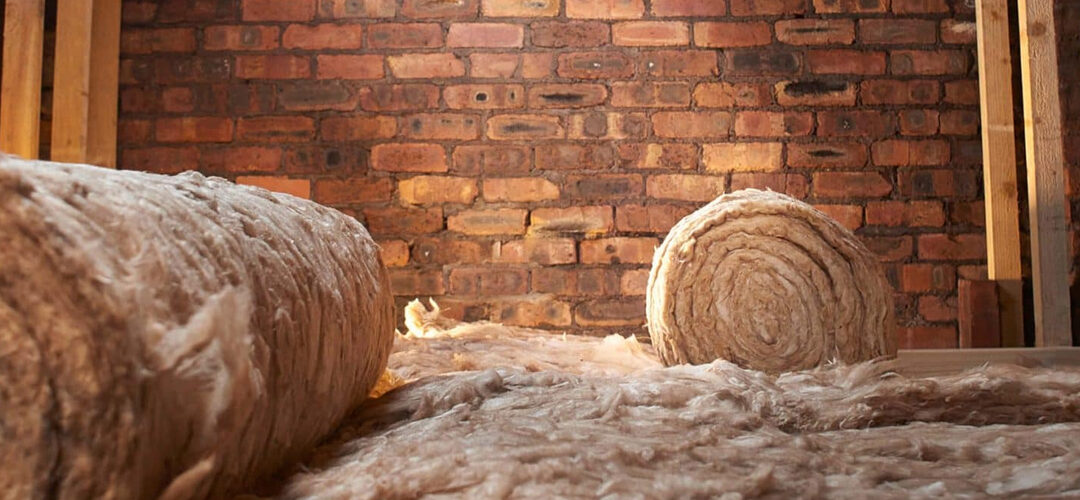Insulation is a crucial component of house maintenance. If you’re building a new home or think it might be time to install new insulation in your attic and Fiberglass Insulation or basement, picking the right insulation is crucial. Before choosing which type of insulation is ideal for your home, you should be aware of the benefits and drawbacks of both blown-in and batt insulation.
You can choose the best type of insulation for your home if you have the correct information about the many types of insulation. To assist you in making that decision, allow us to clarify these terms for you.
What is batt insulation or Fiberglass Insulation?
 There are several standard sizes and R-values available for the pre-cut panel batt insulation. To comply with legal building norms, this insulation is shipped straight from the manufacturer. Insulation for the attic between the house’s structural components is provided by felt batts (often 16 or 24 inches in the center). To maximize energy savings, you could require more than one layer, depending on the local weather conditions.
There are several standard sizes and R-values available for the pre-cut panel batt insulation. To comply with legal building norms, this insulation is shipped straight from the manufacturer. Insulation for the attic between the house’s structural components is provided by felt batts (often 16 or 24 inches in the center). To maximize energy savings, you could require more than one layer, depending on the local weather conditions.
To deal with moisture problems, some Fiberglass Insulation, also known as “faced” or “kraft” insulation, has a paper or foil covering. Because it is occasionally prohibited by legislation from being put in open walls, attics, crawl spaces, or basements, faced insulation is often installed inside walls. This is due to the fact that the substance absorbs moisture and can become flammable.
Installing Fiberglass Insulation requires skilled workers who can fit within the area that has to be insulated. Homes with crawl areas or attics that are inaccessible are not suitable for batting insulation. In order to replace it, you will need to hunt for blown insulation. Utilizing specialized machinery that “shoots” the insulation into tight, difficult-to-reach spaces, blown insulation is applied.
Pros of batt insulation or Fiberglass Insulation
Accessibility
The supply of batt insulation is excellent, and there is no waiting time.
It can be installed in any area of the home
With batt insulation, which can be put in practically any section of the house, attics, walls, and even floors can all be insulated.
Durable and practical
Bear in mind that blown cellulose is less efficient as a thermal barrier when contrasting batt insulation with it. Loose-fill insulation won’t provide enough thermal protection during construction. The majority of blown-in insulation materials will settle over time and lose R-value. Additionally, blown cellulose has a propensity to absorb water, which causes the insulation particles to mix gradually. Batt insulation will last longer since it is more moisture-resistant.
Cons of batt insulation
It requires a lot of layering and stacking.
To get the right insulation for your home, you must join many sheets of batt insulation. This is due to its lower R-value per square inch (between 2.9 And 3.8). This can be challenging because certain rooms in your house have odd shapes and can’t store this much stuff.
One size that does not fit all
Insulation batts are only available in pre-cut sizes. Installation is challenging since this size is tough to cover in areas with odd forms.
Vulnerable to damage
Only pre-cut insulation batt sizes are available. This size makes it challenging to cover spaces with unusual shapes, which makes installation difficult.
What is blown-in insulation?
Insulation blown into a joist or stud cavity in the attic or walls is referred to as “blown-in insulation” or “loose-fill insulation.” A machine performs this process, mixing the material and dispensing it through a pipe to coat the surface with an equal layer of insulation.
Millions of insulation pieces make up loose-fill insulation, which increases insulating power by forming air voids. This method is regarded as an efficient heat barrier since the tiny particles are thrown around and can cover unreachable remote places.
Pros of blown-in insulation
Great for the environment
Blown-in insulation is excellent for the environment. Most components used in blown-in insulation, such as cellulose and fiberglass, are recycled. Cellulose is often composed of recycled newspaper, whereas fiberglass is mainly formed of glass or mineral wool.
Can cover the most distorted areas with ease
It is ideal for areas with surfaces that have uneven shapes. Since it is blown using a machine, blown-in insulation may easily fit into oddly shaped and small spaces, improving the insulation of some regions.
It can fit almost everywhere.
The loose insulation is easier to install in most areas of your home, despite the fact that this blown-in insulation still has a low R-value per inch of material.
Cons of blown-in insulation
It does retain a lot of water.
If blown-in insulation has a substantial number of fiberglass fibers, water will be trapped there for a very long time. This might result in mold growth up until it dries, lowering the R-value of the product.
Is it that eco-friendly?
The Borate Treatment significantly reduces the environmental friendliness that most blown-in insulations and Fiberglass Insulation promise to give, even if it is good at keeping pests and vermin out of your attic.
Conclusion
Now that you know the details about Fiberglass Insulation and blown-in insulation, you can make an informed decision. While the decision is yours alone, the installation process doesn’t have to be. Let us help you keep your home dry and warm in this freezing weather. Contact Zavza Seal LLC today to get a free estimate. You can visit their website here or call in.
Related Blog Posts:
Related Services:
Our service areas:
Get A Free Estimate

